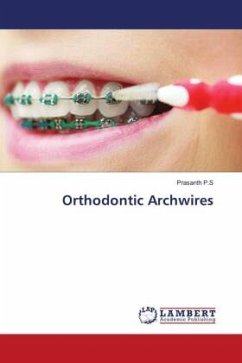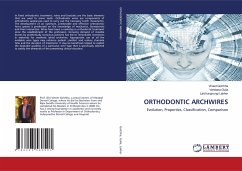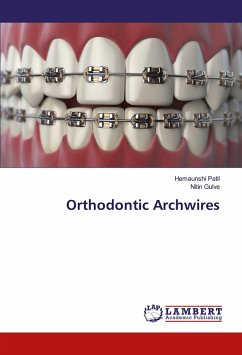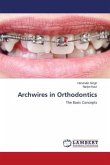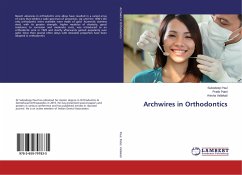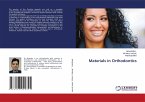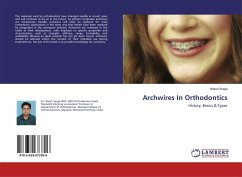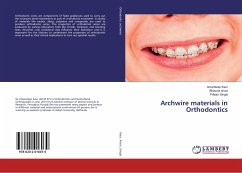Recent advances in orthodontic wire alloys have resulted in a varied array of wires that exhibit a wide spectrum of properties. Up until the 1930's the only orthodontic wires available were made of gold. Austenitic stainless steel, with its greater strength, higher modulus of elasticity, good resistance to corrosion and moderate costs, was introduced as an orthodontic wire in 1929 and shortly afterwards gained popularity over gold. Since then several other alloys with desirable properties have been adapted in orthodontics. These include cobalt chromium, nickel titanium, beta titanium and multistranded stainless steel wires.
Bitte wählen Sie Ihr Anliegen aus.
Rechnungen
Retourenschein anfordern
Bestellstatus
Storno

